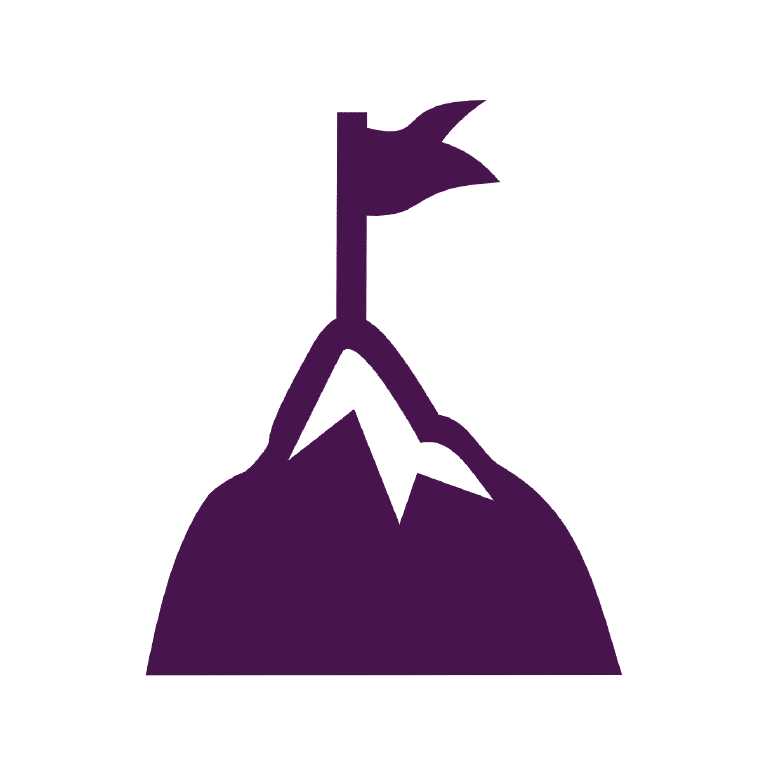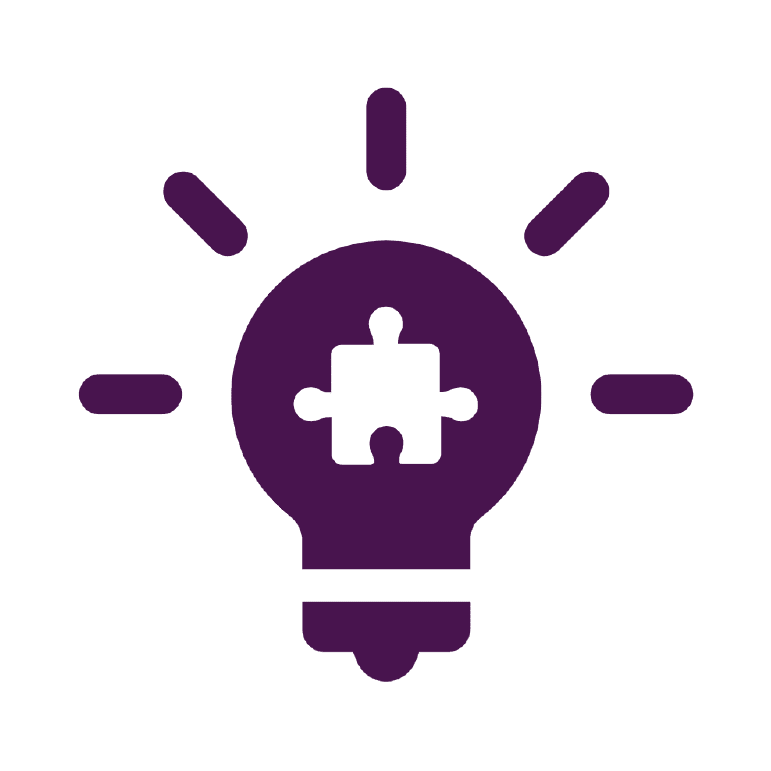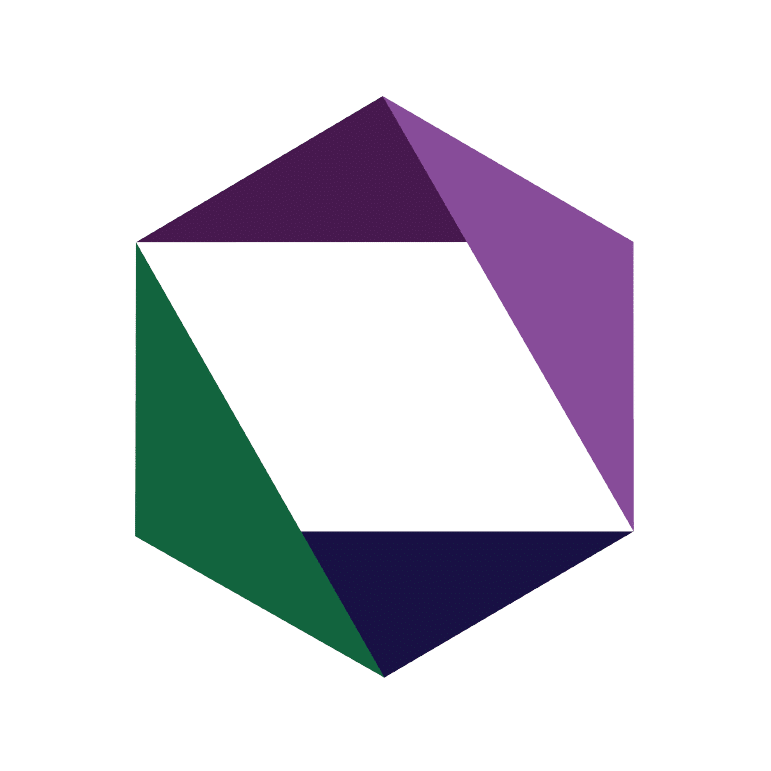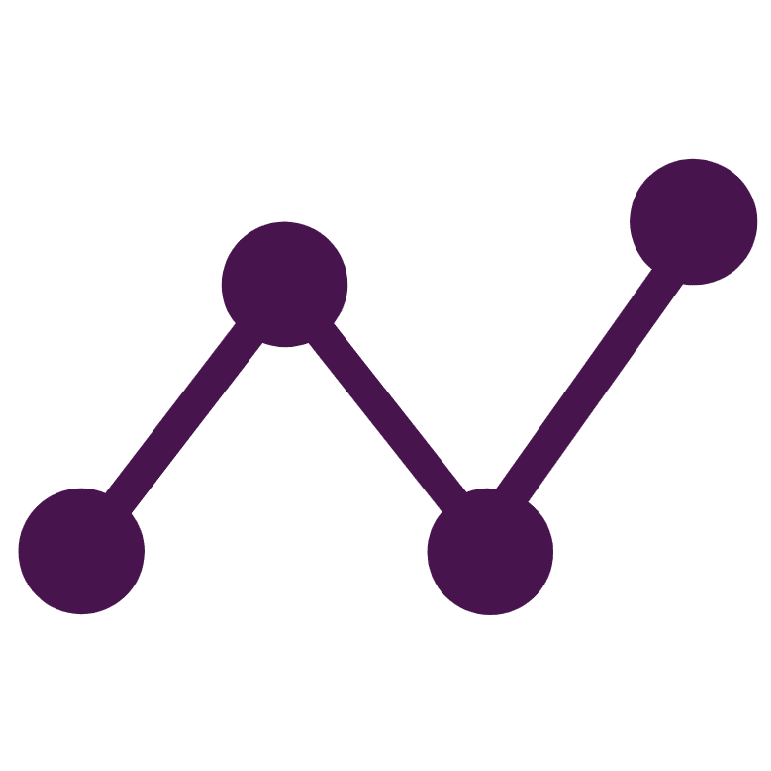
Staff at one of the largest charitable nonprofit organizations in the U.S. faced challenges locating information, which led to a dependence on personal networks to find expertise. This issue was compounded by the organization’s two information platforms, which had overlapping functions and purposes. The lack of clarity about where to find specific resources created uncertainty, particularly between the national organization and the larger network of partners throughout the US. There was also a lack of formal knowledge transfer and offboarding processes, leading to lost and forgotten knowledge as more tenured employees left the network. EK engaged with the organization to deliver a holistic knowledge management (KM) strategy, consisting of a current state assessment, a target state definition, and a multiyear roadmap to achieve their desired KM maturity. EK also identified a backlog of pilot projects that the organization could implement later, serving as quick-win initiatives to demonstrate value and secure buy-in for a comprehensive KM transformation. Following the initial KM strategy engagement, the organization re-engaged EK to implement one of the pilots suggested on their KM Roadmap through an information architecture strategy.

The Challenge
In support of the KM strategy, the organization had identified several core needs that offered opportunities for better alignment with the full network and a more streamlined process for content and system management. They sought to more clearly communicate the value and purpose of two of their major platforms to the broader network: a content management system/intranet and a learning management system (LMS). The organization’s network members did not always understand the value of these systems, the purpose of each, and where they should go to find certain types of information. In addition, the organization wanted to update their platforms’ terminology and structure to be more intuitive to employees in the larger network, as they often use different nomenclature than the organization’s staff members.
To do so, the organization was now seeking a comprehensive information architecture (IA) strategy to:
-
Define purpose statements and strategy for the intranet and LMS, providing clarification for end users on the specific uses for each platform;
-
Develop an IA site map for the intranet to support discoverability, usability, and design of content within the site, integrating functional areas with related services; and
-
Create a scalable IA plan that outlines the steps needed to implement and configure the defined intranet site map, ensuring it can effectively accommodate future growth and evolving user needs.

The Solution
EK worked with the organization to develop an IA strategy that provided clarification for users on where to find different information between the intranet and their LMS platform through System Purpose Statements and issued High-Level Information Architecture recommendations for the findability of, accessibility to, and navigation through information in the intranet. EK also worked with the organization to develop a taxonomy and metadata to support the proposed site map, clickable Site Prototypes to visualize what changes would look like, and an IA Plan for Scale to help the organization understand the next steps on a long-term implementation roadmap.
EK leveraged a top-down and bottom-up discovery approach during the first 4-6 weeks of the project to ensure that all recommendations were rooted in user-centered design. Before beginning work, EK conducted a persona refinement session to better understand the organization’s user groups, detailed walkthroughs of the systems and prioritized sites, and three focus groups with representatives from across the network. Once the initial recommendations were delivered, EK facilitated four validation sessions with end users and content owners to collect feedback and make updates accordingly.

The EK Difference
Throughout the project, EK emphasized user-focused research, engaging in constant review and iteration. EK incorporated changes based on discovery work and asynchronous feedback received via multiple facilitation tools such as visual boards. This iterative process ensured that the solutions developed were aligned with the organization’s user needs and expectations. By leveraging insights from the former KM Strategy engagement that EK conducted with the organization, the EK team crafted detailed system purpose statements and developed a scalable plan, ensuring a robust framework for future growth.
EK facilitated a crucial conversation with the organization’s IT and intranet stakeholders to ensure alignment and smooth implementation. To meet the organization’s needs, EK conducted comprehensive technology research focusing on its intranet functionality and its integration with existing systems. EK provided detailed recommendations for future technology considerations, ensuring the organization could make informed decisions as their needs evolved.
EK’s work with the core team was tailored to the organization’s current capabilities, providing a comprehensive how-to guide for validating prototypes through click testing, along with sharing sample questions for conducting these validation sessions. This guidance was shared to ensure the organization could continue to successfully validate prototypes and further work on this project independently.

The Results
As a result of this engagement, the organization received an IA site map for its intranet, which will significantly enhance discoverability, usability, and content design. Common nomenclature was suggested to improve findability for all users, accompanied by guidance on updating, managing, and maintaining IA governance to ensure long-term consistency.
Validated Purpose Statements for the LMS and Intranet were defined, clarifying the type of content that was appropriate for each system. The purpose statements were short vision statements for each system that differentiated it from the others and co-created with the organization’s team. These will help minimize user confusion about where to contribute and find information. Specific strategies were also provided to communicate the purpose of each system to users, fostering a common understanding.
To support ease of navigation and findability, clickable prototypes were designed, showcasing the necessary framework and metadata aligned with a new IA. These interactive prototypes helped the organization visualize the suggested changes and encourage buy-in for the redesign of the intranet. By demonstrating clear pathways and organized content, the prototypes illustrate how the new IA will enhance the user’s experience. This tangible representation allows stakeholders to see the practical benefits and improvements firsthand, facilitating a smoother transition and greater support for the redesign initiative.
Finally, a scalable plan was developed for implementing additional site design changes following the delivered site map. This roadmap included actionable steps across short-term, mid-term, and long-term timelines, addressing technical and content recommendations to improve efficiency and user experience. The plan ensures that the IA recommendations are effectively integrated, setting a solid foundation for ongoing improvement and scalability within the intranet and LMS.
